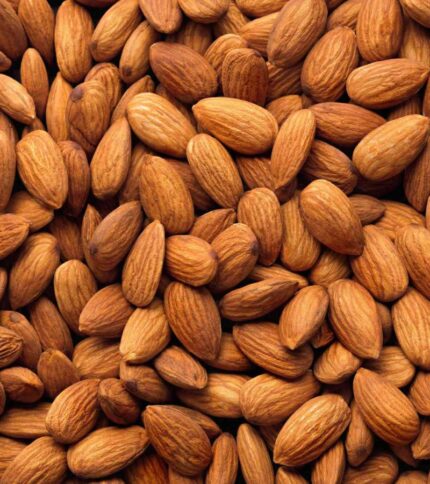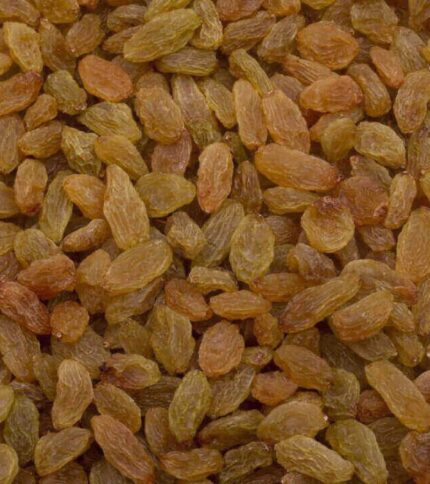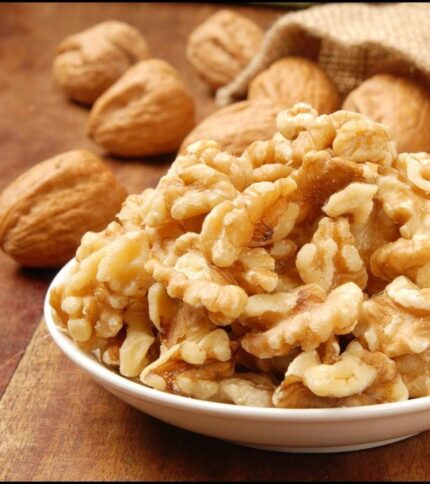Figs are a unique and nutritious fruit known for their sweet flavor and chewy texture. They come in various forms, including fresh, dried, and preserved. Here’s a detailed overview of figs:
Characteristics:
- Appearance: Figs have a soft, wrinkled skin that can be green, purple, or black, depending on the variety. The interior is a reddish-pink to deep purple with tiny edible seeds.
- Flavor: Sweet with a slightly honey-like taste and a hint of earthiness.
- Texture: Soft and chewy, with a juicy interior and crunchy seeds.
Nutritional Benefits:
- Vitamins and Minerals: Good source of vitamins such as vitamin B6, vitamin K, and minerals like potassium, magnesium, and calcium.
- Fiber: High in dietary fiber, which aids in digestion and supports bowel health.
- Antioxidants: Contains antioxidants like polyphenols, which help combat oxidative stress and inflammation.
- Natural Sugars: Provides natural sugars, offering a quick energy boost.
Culinary Uses:
- Fresh Figs: Eaten raw or added to salads, desserts, and cheese plates. Can be enjoyed as a snack or in sandwiches.
- Dried Figs: Used in baking, cooking, and as a sweetener in recipes. They can also be enjoyed on their own or added to trail mixes.
- Fig Jam and Preserves: Made by cooking figs with sugar to create a spread for breads, pastries, and desserts.
- Fig Vinegar: Made by fermenting figs with vinegar, used in dressings and marinades.
Health Benefits:
- Digestive Health: High fiber content supports healthy digestion and helps prevent constipation.
- Bone Health: Rich in calcium and magnesium, which contribute to strong bones and may help prevent osteoporosis.
- Heart Health: Potassium and fiber help regulate blood pressure and support cardiovascular health.
- Blood Sugar Control: The fiber in figs can help stabilize blood sugar levels.
Types of Figs:
- Black Mission: Dark purple to black with a sweet flavor and chewy texture.
- Kadota: Green to yellow with a mild, sweet taste and a slightly crunchy texture.
- Adriatic: Green-skinned with a deep pink interior, known for its sweetness and delicate flavor.
- Calimyrna: Green-skinned with a nutty flavor and a rich, sweet taste.
Processing and Forms:
- Whole Figs: Fresh or dried, used in various recipes and as a snack.
- Fig Paste: Made from ground figs and used in baking, spreads, and fillings.
- Fig Syrup: A sweet syrup made from fig juice, used in desserts and beverages.
Storage:
- Fresh Figs: Store in the refrigerator and use within a few days for optimal freshness. They are delicate and can spoil quickly.
- Dried Figs: Store in an airtight container in a cool, dry place. They can last for several months.
- Fig Jam/Paste: Store in the refrigerator and use within a few weeks or according to the manufacturer’s guidelines.
Popular Recipes:
- Fig and Goat Cheese Salad: A fresh salad featuring figs, goat cheese, and mixed greens with a light vinaigrette.
- Fig Bars: Baked treats made with a fig filling and a buttery crust.
- Roasted Figs: Fresh figs roasted with honey and served as a dessert or side dish.
- Fig and Prosciutto Wraps: Fresh figs wrapped in prosciutto for a sweet and savory appetizer.
Tips:
- Using Fresh Figs: Handle fresh figs gently as they are delicate and can bruise easily. Wash them just before eating or using them in recipes.
- Rehydrating Dried Figs: To soften dried figs, soak them in warm water or juice for about 15-30 minutes before using them in recipes.










Reviews
There are no reviews yet.